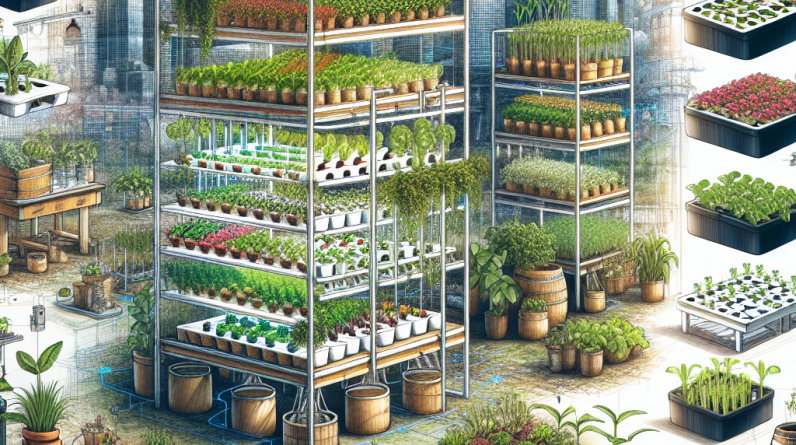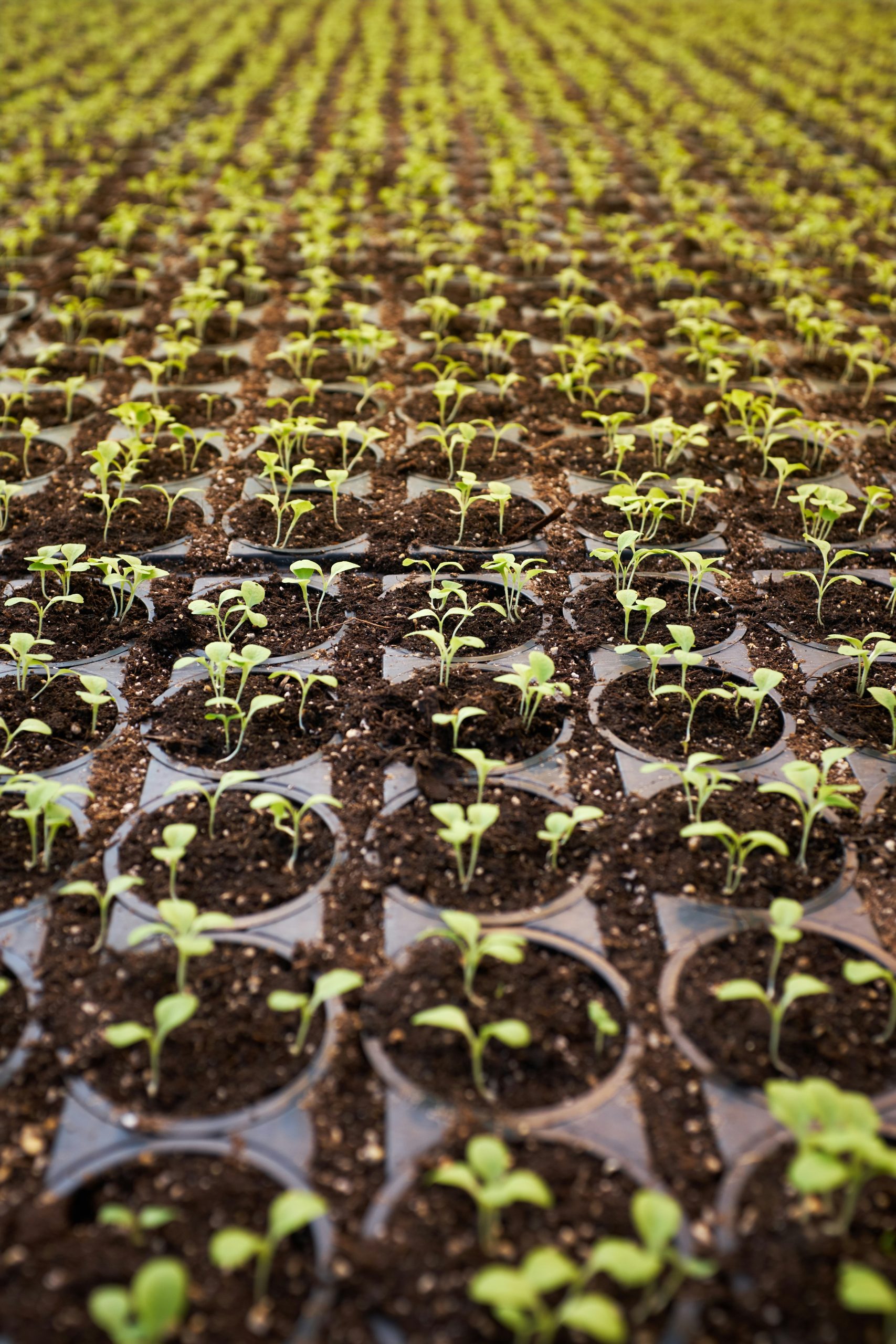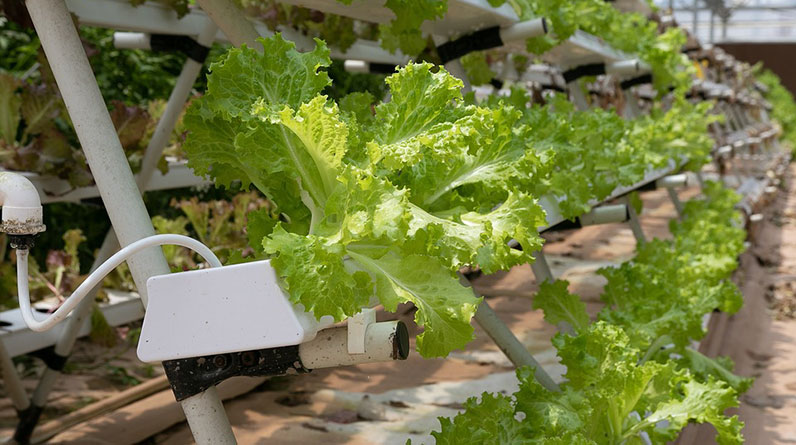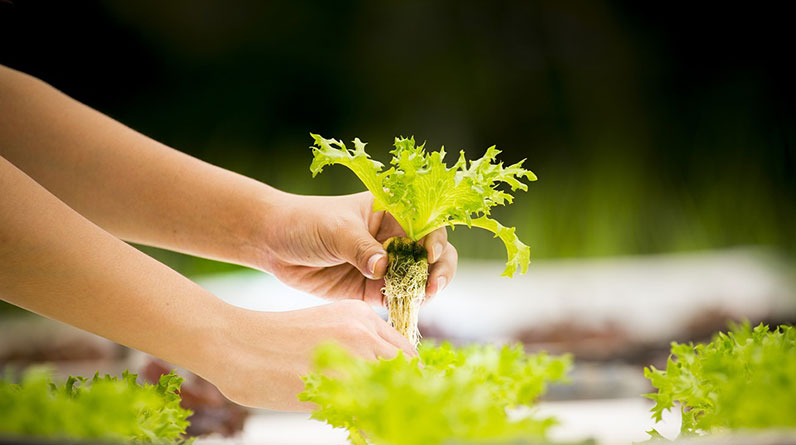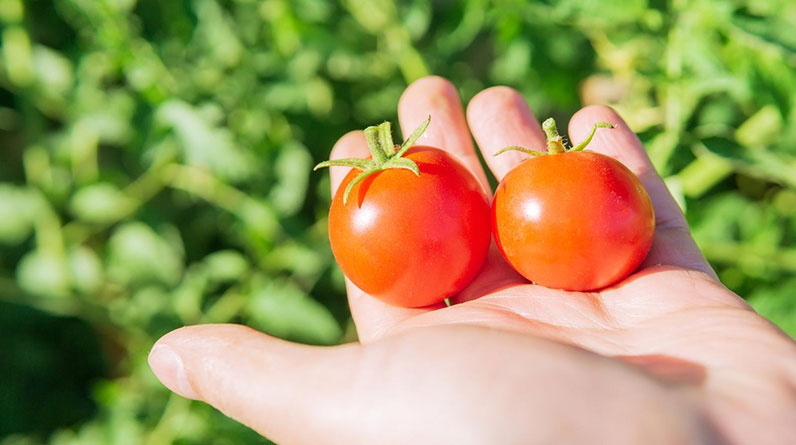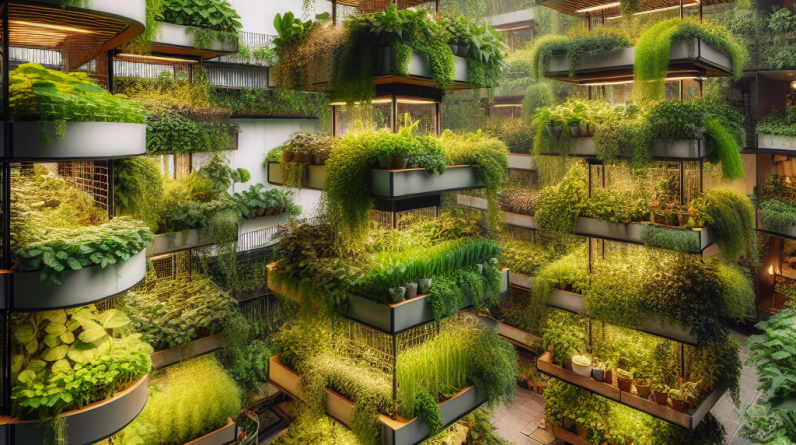
Understanding Urban Gardening
Why Urban Gardening?
Growing food in the city might sound a bit out there, but trust me, it’s become essential. With more people living in urban areas, having access to fresh produce is harder than ever. Urban gardening not only brings a bit of green into your concrete jungle but also significantly contributes to the wellbeing of the community. I’ve found that it’s about creating an environment that’s sustainable and beautiful, right in your backyard (or balcony!).
Plus, cultivating your own food reduces the carbon footprint associated with transporting groceries. It’s kind of like fighting back against those mega-grocery stores. I mean, who doesn’t love the idea of walking out your door and grabbing a few fresh tomatoes? It just feels good.
Urban gardening can also be a great personal project. Watching a seed grow into a plant gives you this incredible sense of accomplishment. If you’ve never tried it, you’re missing out on a rewarding journey that’s equal parts fun and fulfilling. And trust me, once you see the fruits of your labor (literally!), you’ll understand why urban gardening is so appealing.
Choosing the Right Space
Assessing Your Environment
Before you dive headfirst into planting, take a good look at your space. Do you have a sun-drenched balcony, a tiny backyard, or maybe just a window sill? Each has potential, and it’s essential to understand how each area gets sunlight throughout the day. Here’s a pro tip: don’t just settle for the first space you think of; let your plants’ needs guide you.
Also, don’t underestimate vertical space. Even if you feel you have limited room, think about climbing plants or stacked planters. When I first started, I vertically gardened my small balcony with some great success! It’s a game-changer when you’re kind of tight on area.
Finally, it’s crucial to determine the proximity to water and your ability to maintain the plants. I once had a setup that was super stylish but required constant running back and forth with a watering can – not ideal. Convenience matters when you’re busy, so factor in water access when selecting your gardening spot!
Selecting the Right Plants
What’s Your Focus?
This is my favorite part – picking plants! It’s like going to a buffet but with way more satisfaction. The first thing I often consider is what I actually like to eat. There’s no point in growing something that doesn’t tantalize your taste buds, right? Think about your favorite veggies or herbs and start there!
Then, consider the local climate. Certain plants thrive during specific seasons or temperature ranges. For instance, leafy greens are usually pretty forgiving and grow well in cooler months. I’ve made the mistake before of trying to grow tomatoes in the shade – trust me, it didn’t turn out well.
Lastly, think about the space each plant will need. If you’re going mini, herbs like basil, cilantro, and parsley make great options. But if you’ve got room for larger plants, let’s talk zucchini or even a little cucumber vine! Get creative, and experiment – that’s part of the fun!
Creating a Healthy Soil Environment
Understanding Soil Composition
Okay, not the sexiest topic, but bear with me here – soil is super important! The foundation of any garden is its soil, and it’s essential to understand what you’re working with. Start by getting a good soil mix that’s rich in nutrients. I recommend using organic compost or even worm castings to really rev up that fertility!
Additionally, soil pH plays a major role in how well your plants will thrive. Most plants prefer a slightly acidic to neutral soil (pH 6-7). You can buy a kit to test your soil, and if it’s too off-balance, there are fixes, like adding lime or sulfur to adjust the pH. It’s worthwhile to take a little time to get this right.
Finally, remember that even the best soil can dry out, so consider mulching your garden beds. This helps retain moisture and also keeps pesky weeds at bay. Healthy soil means happy plants, and trust me when I say, it makes all the difference!
Maintaining Your Garden
Watering Wisely
Now that you’ve started your garden, it’s all about maintenance. Watering can be a bit of an art. I’ve learned through trial and error that it’s best to water deeply but less frequently. This encourages plants to grow their roots deep, seeking out moisture instead of just lazily sipping at the surface.
Timing matters too. The best time to water is early morning or late afternoon to avoid evaporation. Plus, it gives the plants a nice drink before the heat of the day. Trust me, learning the right timing has saved my plants many times, especially during those scorching summer days!
Don’t forget about your plants’ health and the potential for pests. Just keep an eye out for any critters lurking around. I’ve had my share of surprise squash bugs, and a quick spray of organic insecticidal soap can be your best friend. Regular weed checks are important too; they can rob your plants of nutrients!
FAQs about Growing Food in Any Space
1. Do I need a lot of space to grow food?
Nope! You can grow herbs and even some vegetables in tiny spaces, like balconies or window sills. Selecting the right plants and using vertical gardening techniques can maximize limited space.
2. How often should I water my plants?
It really depends on the plant species and the weather, but generally, it’s better to give deep watering less frequently rather than shallow watering every day. Aim for watering in the early morning or late afternoon.
3. What kinds of plants are best for beginners?
Herbs like basil, parsley, and mint are fantastic starting points as they are generally easy to grow. Vegetables such as radishes and lettuce can also be quite forgiving for novice gardeners.
4. How can I make my soil healthier?
Use organic compost and amendments like worm castings or organic fertilizers to boost soil nutrients. Regularly testing pH can help maintain a healthy growing environment too.
5. Can I grow food indoors?
Absolutely! Many plants like herbs and salad greens do well indoors. Just make sure they have enough light – you might need to supplement with grow lights if your space lacks sun.



